Every winter, this small amphibian transforms into what appears to be a lifeless ice sculpture. Its heart stops beating, its brain ceases activity, and even its blood turns to ice. Yet when the snow melts and the sun returns, the frog miraculously thaws and hops back to life as if nothing happened. Scientists have long been fascinated by this natural feat of biological preservation, and understanding it could hold the key to groundbreaking advancements in human medicine, particularly in organ preservation and cryogenics.
The secret to survival: Antifreeze and suspended animation

The frog’s liver releases massive amounts of glucose, which floods its organs and cells. This sugary substance acts like antifreeze, preventing lethal ice crystals from forming within delicate tissues. Instead, the ice accumulates in spaces between cells, while glucose keeps the interiors of cells hydrated and protected. MicroRNA molecules help reorganize the frog’s cellular structure, ensuring it can recover once thawed.
When spring returns and the temperature rises, the frog slowly defrosts. Blood begins circulating again, its brain restarts, and within hours, the once-frozen amphibian resumes hopping through the melting snow.
Nature’s frozen wonders: Other animals that survive the cold
The Alaskan wood frog isn’t the only animal to use freezing as a survival strategy. Across the natural world, countless species have evolved similar adaptations. Insects like gall fly larvae freeze and thaw repeatedly, sometimes daily, as temperatures fluctuate. Painted turtle hatchlings also freeze during their early life stages, although their bodies use far less glucose than frogs do.
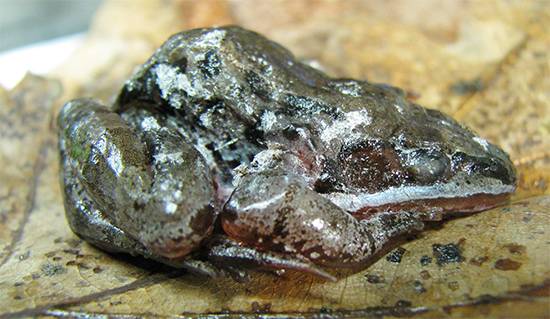
Adult painted turtles have a different method of surviving harsh winters. They hibernate underwater in mud, where oxygen levels are low. Remarkably, they can go for months without breathing, slowing their metabolism to nearly zero. Insects like gall moth larvae take another route, supercooling their bodies to remain liquid even in temperatures as low as negative 36 degrees Fahrenheit.
And then there are the tardigrades—microscopic, nearly indestructible creatures that have mastered survival in extreme environments. When temperatures drop, tardigrades simply expel nearly all water from their bodies, entering a dehydrated “tun” state. They can even endure being plunged into liquid nitrogen and reawaken perfectly fine once rehydrated.
The limits and risks of freezing
Although “supercooling” sounds like a survival superpower, it comes with serious risks. Ice formation requires something to nucleate around—tiny particles like dust or cholesterol molecules. If ice crystals form inside living cells, they can destroy tissues instantly.
That’s why most animals use sugars or special proteins to lower the freezing point of their body fluids. Marine fish produce antifreeze proteins that prevent their blood from freezing in icy seas, while insects and frogs rely on sugars like glucose to protect their cells.
According to researchers like Shannon Tessier at Harvard Medical School, studying how nature prevents damaging ice formation can teach us how to better preserve human organs. The challenge lies in keeping tissues in a suspended liquid state without allowing accidental ice to form—a delicate balance that nature seems to have perfected.
Lessons from nature: How frozen frogs could help humans
The extraordinary survival skills of the wood frog could transform medical science. One of the biggest challenges in organ transplantation is the limited time organs can survive outside the body. For example, a human heart can only last about four hours before it becomes unusable.
By mimicking the frog’s biochemical strategies—using sugars like glucose to stabilize cells during freezing—scientists hope to extend that window dramatically. The ability to safely “pause” a human organ in a frozen state and reanimate it later would revolutionize medicine, saving countless lives.
Research into freeze tolerance also opens possibilities for suspended animation in humans, potentially allowing for long-duration space travel or life-saving medical stasis. For now, though, the wood frog remains nature’s most astonishing example of life after freezing—a creature that defies death with each passing winter.



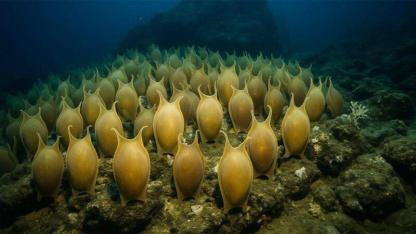
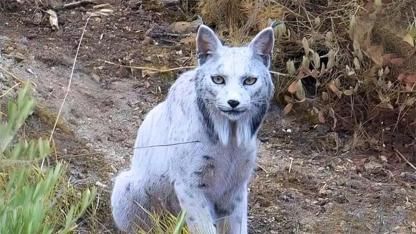


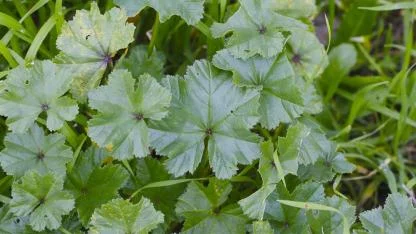
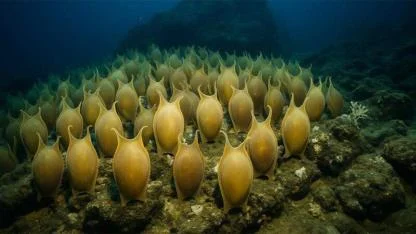

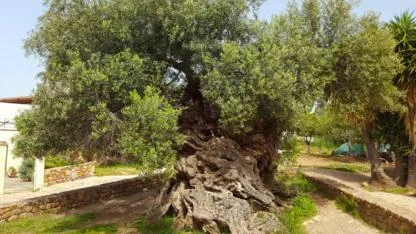

Yorumlar
Kalan Karakter: